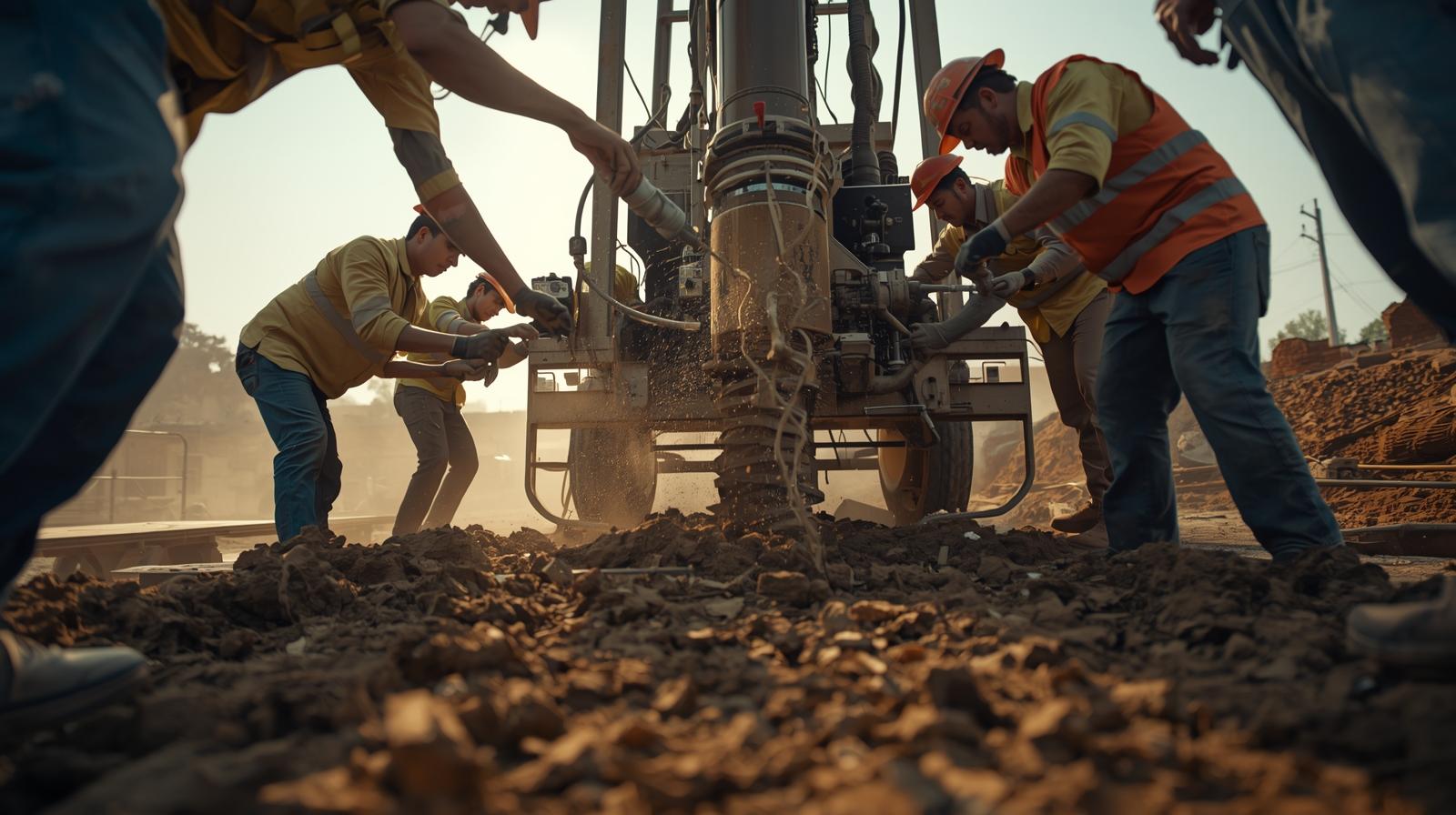 The success of a drilling project begins long before the actual fieldwork, with the selection of the right pipes and equipment. Hatboru, one of Turkey’s leading pipe manufacturers, offers a wide range of solutions for all types of terrain and depth conditions. In this guide, you will find critical information and practical tips to help you choose the most suitable pipe for your projects.
The success of a drilling project begins long before the actual fieldwork, with the selection of the right pipes and equipment. Hatboru, one of Turkey’s leading pipe manufacturers, offers a wide range of solutions for all types of terrain and depth conditions. In this guide, you will find critical information and practical tips to help you choose the most suitable pipe for your projects.
PVC or Steel Pipe: Which Is Right for Your Project?
Pipe selection depends on the nature of the project. The Hatboru catalog offers both PVC and steel pipe options.
PVC Drilling Pipes: Thanks to their superior corrosion resistance, they preserve water quality and ensure long-lasting use. As a lightweight material, PVC is easy to transport and assemble. They also require low maintenance and are environmentally friendly due to their recyclable nature. Hatboru PVC pipes are produced in different classes for depths ranging from 100 to 500 meters.
Steel Drilling Pipes: These pipes stand out for their durability, especially in wells drilled in solid and hard rocks. Hatboru is among the best in the industry for its production of spiral-welded pipes that comply with TSE and API 5L standards.
How to Choose the Right Drilling Pipe for Different Terrain Conditions
The terrain structure is the most important factor in determining the pipe type. The Hatboru catalog offers specific solutions for various geological formations.
Hard and Rocky Formations: Plain filtered and spiral filtered steel pipes are ideal for wells drilled in hard rocks such as limestone, basalt, and andesite. These pipes are used to prevent mud leakage in cracked and porous levels.
Sandy and Gravelly Formations: Bridge filtered drilling pipes should be chosen for wells containing gravelly, sandy, and silty levels to allow water to be taken. These pipes prevent fine materials from filling the well, optimizing water flow.
Drinking Water Wells: Preserving water quality is of great importance.
Stainless and galvanized drilling pipes are the safest options for these types of projects. Hatboru produces its stainless pipes using sheets of “AISI 304” according to the American Standard or “EN 1.4301” quality according to European standards.
Technical Details to Consider When Choosing a Pipe
The success of projects depends on selecting the correct pipe diameter and wall thickness.
Well Diameter: The selected pipe diameter should be a minimum of 4 inches (approximately 10 cm) smaller than the drilled well diameter.
Depth Class: The appropriate pipe class should be chosen based on the project depth (e.g., pipes durable for 0-100 m or 0-300 m depths). The Hatboru catalog contains detailed technical tables for each pipe type, including outer diameter, wall thickness, and weight.
Essential Tips for Successful Well Pipe Installation
Use the Right Tools: Use appropriate tools like a strap wrench that do not damage the pipes during installation.
Lubrication: To help the pipe threads engage easily, using water and soap is sufficient; avoid oils like grease. Do not use adhesives, as they can damage the threads and melt the pipe.
Centering: To ensure the pipes stand perfectly upright in the well, a centering guide should be used every 8 meters.
Pump Installation: The pump should be attached to a steel pipe placed at the wellhead, not directly to the PVC pipe. This protects the pipe and does not disrupt the graveling arrangement.


 © 2023 Hatboru. Her hakkı saklıdır.
© 2023 Hatboru. Her hakkı saklıdır.